How to Clean Timber Floors: Best Practices for Shiny, Long-Lasting Floors
- September 26, 2024
- 0 comment
Timber floors are a timeless addition to any home, providing both warmth and a natural elegance. However, keeping them in pristine condition requires a diligent maintenance routine. As a natural material, timber is susceptible to dirt, dust, and spills, and without proper care, it can lose its luster and durability over time. To ensure your floors remain not only aesthetically pleasing but also long-lasting, it is important to adopt proper cleaning methods.

This guide outlines the best practices for maintaining timber floors, offering seven effective methods to clean them and protect their longevity.
Prepare Before Cleaning
Before beginning any cleaning routine, preparation is key to safeguarding the quality and appearance of your timber floors. By taking preliminary steps, you prevent potential damage during the cleaning process, ensuring that your floors receive the best care possible.
1. Remove Furniture and Rugs
The first step in preparing your timber floors for cleaning is to clear the space of furniture, rugs, and any other obstacles. Moving these items ensures that you can access the entire floor area and prevents any accidental damage that might occur from dragging heavy furniture across the wood. By clearing the space, you also minimize the risk of leaving untreated areas that could harbor dust and dirt.
2. Dust and Sweep the Floor
Once the area is clear, it’s important to begin by sweeping or vacuuming the floor to remove surface debris. Dust, sand, and small particles can scratch the wood’s surface if left behind when cleaning. Use a soft-bristle broom or a vacuum with a hardwood floor attachment to gently lift dust and dirt. Regular sweeping helps prevent abrasive particles from damaging the timber, allowing for a more thorough and safe cleaning process.
7 Methods to Clean Timber Floors
1. Daily Cleaning with a Microfiber Mop
Daily maintenance is one of the simplest yet most effective ways to preserve the look and longevity of your timber floors. A microfiber mop is ideal for this purpose, as it gently lifts dust and dirt without scratching the surface.
How to do it:
- Use a dry microfiber mop to gently sweep across the floor.
- Ensure the mop collects dust without dragging it around.
- Avoid using a regular broom, as stiff bristles can scratch the surface.

Why It’s Important: Daily cleaning prevents the buildup of dust and grime, which can dull the floor’s finish and contribute to long-term damage. By removing surface particles regularly, you reduce the risk of scratches and preserve the wood’s natural shine.
2. Weekly Mopping with a Damp Mop
In addition to daily dusting, weekly mopping is essential for deeper cleaning. This helps to remove dirt, spills, and sticky residue that a dry mop might not be able to tackle.
How to do it:
- Lightly dampen a microfiber mop with warm water.
- Wipe the floor following the direction of the wood grain to prevent streaks.
- Avoid soaking the mop or floor, as too much water can warp timber.
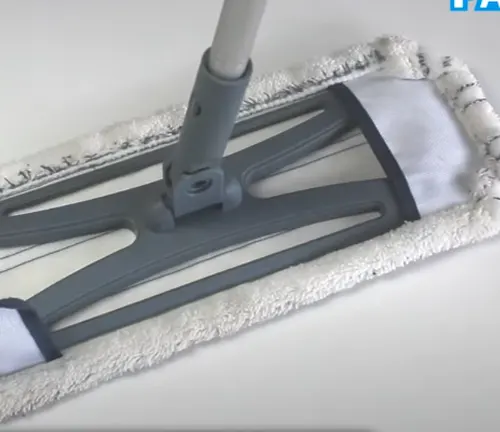
Why It’s Important: Weekly mopping helps to lift deeper grime and ensures that any residue from daily use is effectively removed. Regular damp mopping prevents buildup and maintains the floor’s cleanliness and appearance without compromising the wood’s integrity.
3. Using Timber-Specific Cleaners
For a more thorough clean, especially in high-traffic areas, using a cleaner specifically designed for timber floors is highly recommended. General-purpose cleaners can be too harsh, stripping the wood’s natural oils and finish.
How to do it:
- Immediately blot the spill with a clean, dry cloth to absorb the liquid.
- Use a slightly damp cloth to gently clean the area and dry thoroughly afterward.
- For sticky or stubborn spills, use a timber-specific cleaner to ensure a thorough clean.
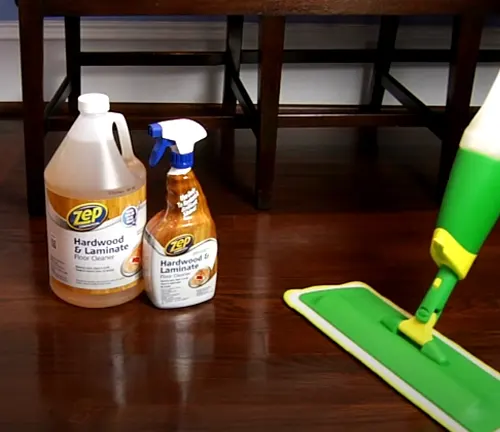
Why It’s Important: Timber-specific cleaners are formulated to clean without damaging the surface. These products are designed to protect the finish and ensure that your floors maintain their luster while preventing long-term wear.
4. Spot Cleaning Spills Immediately
Accidents happen, and when spills occur, it’s crucial to act quickly to prevent damage to your timber floors. Liquids, in particular, can seep into the wood, causing stains or swelling.
How to do it:
- Blot any spills immediately with a clean, dry cloth to absorb moisture.
- Use a damp cloth to gently clean the area, then dry it thoroughly.
- For sticky spills, use a timber-safe cleaner to avoid staining.

Why It’s Important: Timely spot cleaning prevents water damage, stains, and warping, which can significantly reduce the lifespan of your floors. Addressing spills immediately ensures that your timber remains intact and free from lasting damage.
5. Removing Scuff Marks
Scuff marks can be unsightly and are especially common in high-traffic areas. However, they can be easily dealt with using a soft cloth and a bit of effort.
How to do it:
- Gently rub scuff marks with a soft cloth, applying slight pressure.
- For more stubborn scuffs, use a bit of baking soda or timber cleaner.
- Buff the area gently until the scuff disappears.

Why It’s Important: Regularly addressing scuff marks keeps your floors looking polished and professional. By removing these blemishes promptly, you maintain the aesthetic appeal of the timber without causing damage.
6. Using a Vinegar and Water Solution
A natural and eco-friendly way to clean timber floors is by using a vinegar and water solution. Vinegar helps to remove grime while restoring the floor’s natural shine.
How to do it:
- Mix one part vinegar with ten parts water to create a gentle cleaning solution.
- Dampen a mop or cloth with the solution and clean along the wood grain.
- Dry the floor thoroughly after cleaning to prevent moisture damage.
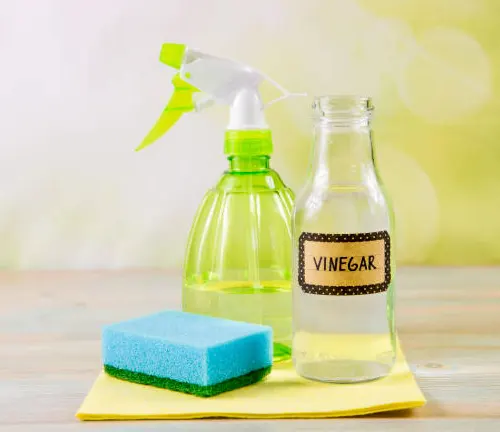
Why It’s Important: Vinegar is a natural cleaning agent that provides an effective yet gentle solution for maintaining timber floors. It helps to lift dirt and grease without the need for harsh chemicals, ensuring the floor’s finish remains intact.
7. Polishing Timber Floors Annually
Polishing your timber floors once a year adds a protective layer and restores their shine. This practice not only enhances the aesthetic but also provides additional protection against everyday wear and tear.
How to do it:
- Apply a wood floor polish or timber wax evenly across the floor in small sections.
- Buff the floor with a soft cloth or polishing pad to achieve a smooth finish.
- Allow the polish to dry fully before walking on the floor.
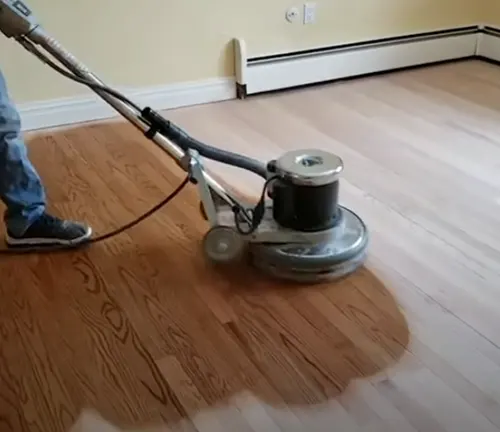
Why It’s Important: Polishing rejuvenates the floor’s finish and offers an extra layer of protection, shielding the timber from scratches and wear. This step is essential for maintaining the beauty of your floors for years to come.
Conclusion
Timber floors require consistent care to maintain their beauty and durability, but with the right cleaning techniques, you can preserve them for years to come. From daily dusting with a microfiber mop to weekly mopping and the occasional application of a specialized cleaner, regular maintenance is key. Addressing spills immediately, removing scuff marks, and even using natural solutions like vinegar all contribute to extending the life of your floors.
By incorporating an annual polishing routine, you not only restore the shine but also protect your timber from everyday wear. Following these practices will ensure that your timber floors remain a stunning feature of your home for years to come.
Frequently Asked Questions (FAQ’s)
- How often should I clean my timber floors?
You should dust or sweep your timber floors daily and mop them once a week. Perform a deeper clean with timber-specific cleaners as needed. - Can I use any type of cleaner on timber floors?
No, it’s best to use cleaners specifically designed for timber floors. Harsh chemicals or general-purpose cleaners can damage the wood’s finish. - Is water safe to use on timber floors?
Water can be used sparingly in the form of a lightly dampened mop. Excess water can cause timber to warp, so avoid soaking the floors. - How do I remove scuff marks from timber floors?
Gently rub scuff marks with a damp cloth or use a timber-safe cleaner for more stubborn marks. Baking soda can also help. - What’s the best way to clean spills on timber floors?
Immediately blot spills with a dry cloth to prevent moisture from seeping into the wood. Clean the area with a damp cloth and dry it thoroughly afterward. - Can I use vinegar to clean timber floors?
Yes, a diluted vinegar solution (1 part vinegar to 10 parts water) is a natural, safe way to clean timber floors and restore their shine. - How often should I polish timber floors?
Polishing timber floors once a year helps restore shine and protect the surface from wear and scratches. - What should I avoid when cleaning timber floors?
Avoid using abrasive materials, steam cleaners, and excessive water. These can damage the wood’s surface and finish. - How can I prevent scratches on timber floors?
Use furniture pads, avoid dragging heavy objects, and regularly sweep the floor to prevent dust and debris from scratching the surface. - Are microfiber mops good for timber floors?
Yes, microfiber mops are excellent for timber floors because they effectively pick up dirt and dust without scratching the wood.

Joel Cunningham
Forestry AuthorI'm Joel Cunningham, an expert in pruning and weed management with over a decade of experience. My skills are rooted in formal training and extensive practice, focusing on advanced pruning techniques and efficient weed control. I'm known for my quality work, precision, and deep understanding of plant health and soil dynamics. My contributions extend to educational initiatives where I share sustainable practices and advice, establishing myself as a reliable and authoritative figure in the gardening community.




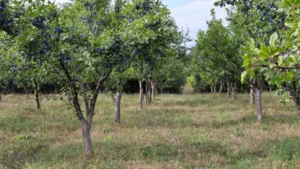








Leave your comment